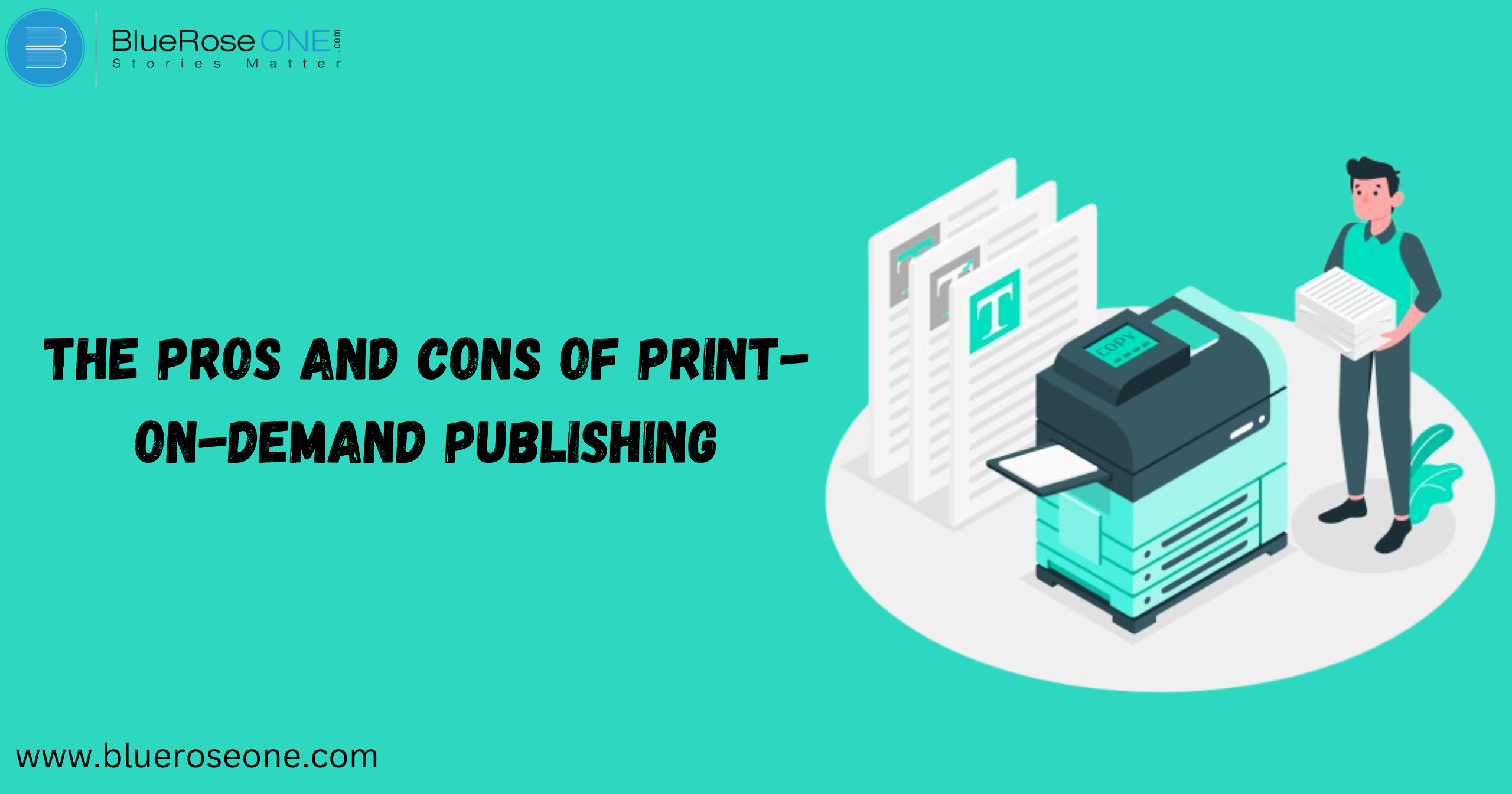What is Print-on-Demand Publishing?
Pros of Print-on-Demand Publishing
1. Low Upfront Costs
One of the most significant advantages of print on demand publishing is that it requires little or no initial expenditure. Traditional publishing strategies frequently require hefty upfront printing expenditures, whereas POD allows authors to publish their books with no financial risk. This makes it a viable option for writers who want to sell their work without incurring significant costs.
2. No Need for Inventory Management
3. Quick and Efficient Publishing Process
4. Accessibility to Global Distribution
5. Ability to Update and Revise Content Easily
The ease with which information can be updated and revised is a significant benefit of print on demand publishing. Print on demand enables authors to make updates with little expense or work, in contrast to traditional publishing, where modifications necessitate reprinting entire book batches. Authors can edit their work at any time to fix mistakes, update data, or improve formatting. Print on demand is a wise solution for dynamic content because of its flexibility, which guarantees that users always receive the most recent version.
6. Eco-Friendly and Sustainable
The environmentally friendly nature of print on demand is one of its main benefits. Print on demand only publishes books when they are ordered, in contrast to traditional publishing, which frequently wastes paper from unsold copies. This decreases paper waste, cuts down on extra inventory, and lowers transportation and storage-related carbon emissions. Furthermore, a lot of print-on-demand services employ eco-friendly inks and recycled paper, which makes it a more sustainable option for readers and authors who care about the environment.
You may also read: How to Publish a Book? | Publish Your Book | BlueRoseOne
Cons of Print-on-Demand Publishing
1. Higher Printing Costs Per Unit
2. Limited Customization Options
3. Lower Profit Margins
4. Quality Control Issues
5. Limited Bookstore Availability
6. Dependence on POD Platforms
Is Print-on-Demand Right for You?
For independent publishers, self-published authors, and companies wishing to produce books with little financial outlay and administrative burden, print on demand publishing is a great choice. For individuals seeking high profit margins per book or huge print runs, it might not be the ideal option. To ascertain whether print on demand is in line with their publication objectives, authors should carefully consider the benefits and drawbacks.
















